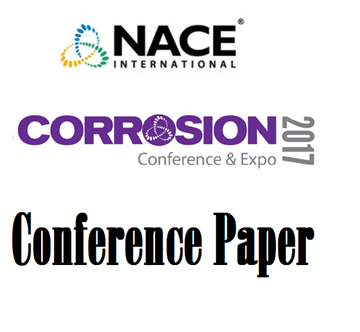Electrochemical characterization of CoCr alloy in In-vivo synovial fluidsIgual Muñoz A.13 Jolles-Haeberli B.2 Mischler S.11Tribology and Interface Chemistry Group École Polytechnique Fédérale de Lausanne Station 12 CH-1015 Lausanne Switzerland2Center of Translational Biomechanics École Polytechnique Fédérale de Lausanne and University Hospital in Lausanne Switzerland3 Institute for Industrial Radiophysical and Environmental Safety Universidad Politécnica de Valencia P.O. BOX 22012 E-46071 Valencia SpainMetallic materials implanted in living tissues are subject to the corrosive environment of body fluids which constitutes a complex electrolyte critically dependent on each individual person. CoCr alloys are widely used as biomedical prosthesis for hip and knee replacements. The reactivity of the synovial fluid influences the degradation rate of those materials and may modify its electrochemical behaviour thus determining the possible failure of the implant. The aim of this work is to explore possible relationships between pathology and corrosion behaviour of biomedical alloys as measured by electrochemical techniques (OCP voltammetry impedance spectroscopy) carried out on fluids extracted from patients with different articular pathologies and prosthesis revisions.The electrochemical measurements of CoCr in the in-vivo synovial fluids showed high precision reproducibility and signal stability. The corrosion behaviour of the alloy involves typical reactions encountered in simulated body fluids (such as passivation transpassivity mass transport limited reduction of oxygen water reduction) as well as in some patients specific reactions which produced a incredible fast reactivity of the metal. They showed that corrosion rates range between 50 and 750 mg/dm-2 year-1 depending on patient values definitively larger than previously reported in-vivo corrosion rates of CoCrMo alloys in the range 1-10 mg dm-2year-1 measured in rabbits [1]. Comparison with bovine calf serum shows that the latter does not represent the electrochemical properties of the synovial fluids as it yields different reaction mechanisms and open circuit potentials.References:[1] S.G. Steinemann Corrosion of Surgical Implants: in vivo and in vitro Tests in Evaluation of Biomaterials G.D. Winter J.L. Leray K de Groot Editors John Wiley & Sons Ltd (1980)



